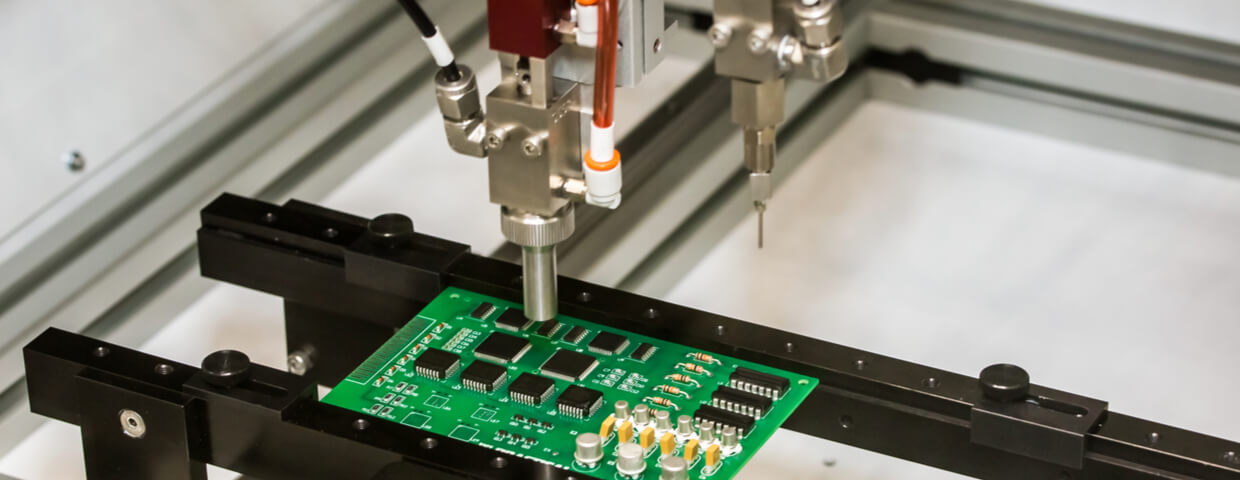 To remove parylene coating safely, effectively, and efficiently, there are a few important things to keep in mind. Today, we'll cover the three basic types of conformal coating removal, as well as everything you need to know to be successful using each one.
To remove parylene coating safely, effectively, and efficiently, there are a few important things to keep in mind. Today, we'll cover the three basic types of conformal coating removal, as well as everything you need to know to be successful using each one.
Why Removing Parylene is Tricky
Parylene coating is known for its strength, reliability, and longevity--all good things when it's being used in aerospace, military, or other high-intensity industries. However, when it comes to removal, all of those once-beneficial characteristics can work against you in many ways.
That's why it's necessary to do find the right method of removing the parylene. Finding the best option means that parylene can be just as pain-free coming off as it was going on.
Methods of Parylene Removal
There are three main approaches to conformal coating removal: chemical, thermal, and mechanical. Let's take a closer look at each of these.
Chemical Removal
Parylene coating is designed to resist chemical degradation, which means that chemical removal must be careful and specialized in showing results. There is, however, one option: Tetrahydrofuran, an organic solvent that softens and loosens the coating from the substrate surface. Extreme caution must be taken when using Tetrahydrofuran, and it is recommended for complete coating removal only.
Thermal Removal
In addition to being highly chemical-resistant, parylene also boasts unrivaled levels of thermal protection, up to 500C for some types. Despite this characteristic, a soldering iron or high-temperature oven can be an effective option for removing parylene coating in small, specific areas.
Mechanical Removal
Mechanical removal is the most popular -- and perhaps the simplest -- method available. It essentially requires you to physically scrape, peel, and pick the surface of the coating. This makes it a safer alternative to some of the more complicated removal methods, lending itself to the removal of both small areas and entire surfaces.
How to Know When Conformal Coating Needs Removal
What circumstances might cause conformal coating to need removal? The three main reasons are tin whiskers, poor adhesion, and complications.
- Tin whiskers. Tin whiskers are defects along the sides of metal that appear as spiky protrusions, much like whiskers. These little problems can cause big issues down the line: their continued presence will eventually cause short-circuits. Unfortunately, it's often necessary to remove the conformal coating so that the tin whiskers can be eliminated.
- Poor adhesion. If for any reason the conformal coating doesn't have strong adhesion--like, for example, if there are contaminants on the substrate material that interfere with the coating--the coating will have to be removed.
- Complications. Sometimes, conformal coatings need to be removed even before they've been placed completely. Situations like these usually arise when previous problems have rendered the entire process too complicated, expensive, or inefficient to complete.
Need some help with parylene removal? Hit the button below to get in touch.



